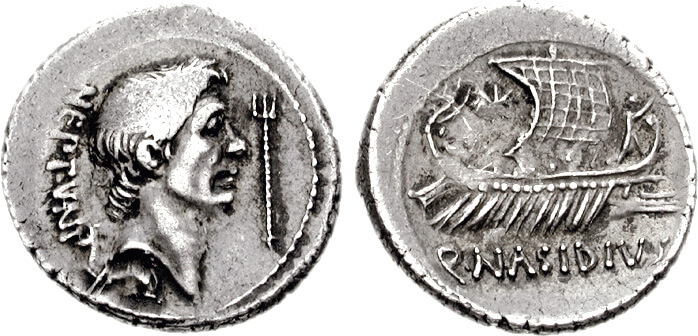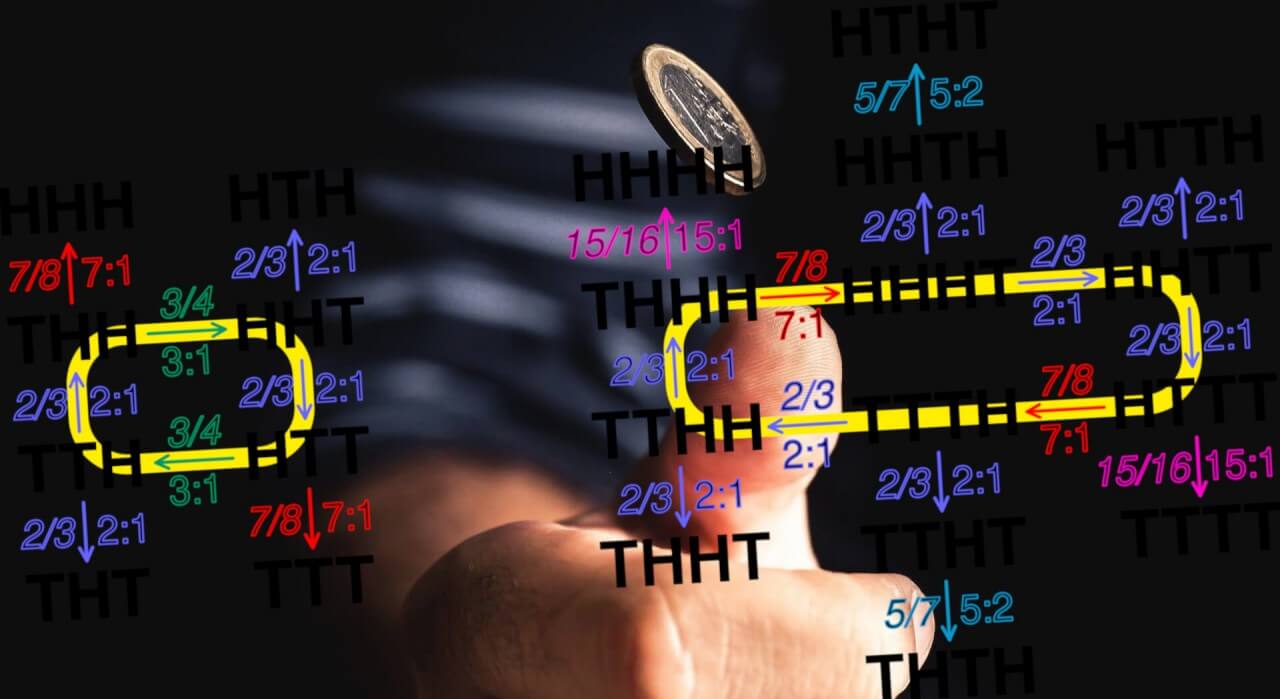We have all tried it. The simple act of tossing a coin to make a decision is so deeply ingrained in our culture that we rarely stop to consider its origins. This universal symbol of impartial chance dates back thousands of years, with its roots firmly planted in the Roman Empire. What began as a simple children's game evolved into a trusted method for settling disputes, making legal judgments, and even deciding the course of history.
In ancient Rome, the game was known as "navia aut caput," which translates to "ship or head." This name referred to the designs on the coins of the era; one side often featured the prow of a ship, while the other bore the portrait of the Emperor. This practice of using two distinct images established the binary nature of the coin toss that we still use today. It was a common pastime, but its principles of fairness and randomness soon found their way into more serious matters.
As Roman law developed, so did the need for impartial decision-making. The coin toss came to be seen as a form of sortition, or leaving a decision to pure chance, effectively placing the outcome in the hands of the gods. It embodied the legal principle of "aequa et proba" (fair and honest). From settling minor property disputes to determining which gladiator would face which opponent, the coin flip provided a resolution that no party could argue was biased. This ancient trust in chance has endured, making the coin toss a timeless and respected arbiter of fate.


